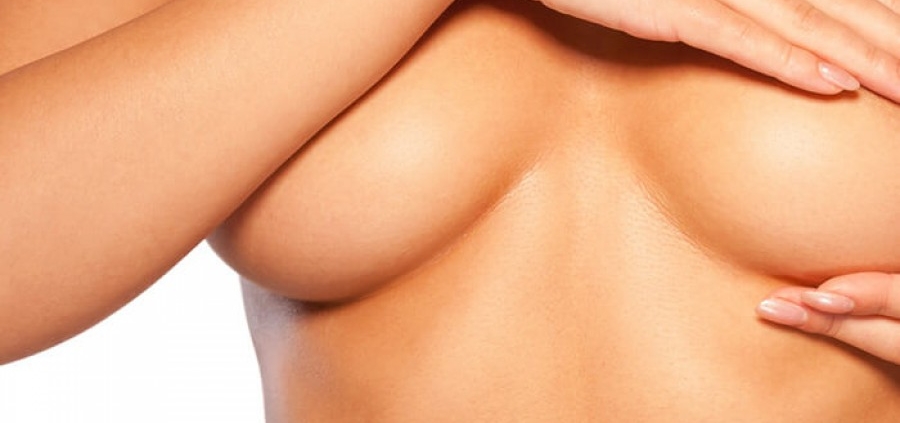What causes rippling of breast implants?
Rippling of breast implants is one of those things that patients fear because it can cause an unsightly look and feel to the breast.
The cause of rippling is relatively simple.
If you look at any breast implant and hold it up vertically you will see that the shell will naturally cause ripples in the upper pole as the gel falls into the lower part of the implant and the upper part empties.
This is because there is an element of fluidity in the gel which makes the implant feel soft, and so without this attribute the implants would feel very hard.
Indeed if you look at a solid silicone prosthesis such as those used in calf implants or testicular implants, they do not show any signs of rippling but they feel very hard.
And so it is a balance between the composition of the implant and the amount of cover over the implant.
Some implants have softer gel than others, which you may think would be a good thing, but we are actually moving more towards firmer gels these days.
In medical terms this is known as cohesive gel or ‘form stable’.
These types of gel are safer if the shell ruptures because they do not leak liquid silicone and they are less prone to rippling.
The other element that is important to consider when thinking about rippling is the amount of soft tissue cover over the implant because all implants have this rippling in the shell to a greater or lesser degree, and the question is whether you can see the ripples and that is dependent on the amount of skin, fat, and breast tissue that is covering or ‘hiding’ the implant.
What can I do if I have rippling?
Rippling is actually quite a difficult problem to treat. The two main areas to focus on are:
- The implant
- Soft tissue cover
The implant “ if you have a less cohesive implant and particularly if you have the saline filled implant which are the least cohesive of all, it may be possible to use a more cohesive filling which would feel firmer and ripple less. Obviously the downside is that it may feel firmer and you might possibly be able to feel the edges and so there is a balance to be had.
Soft tissue cover “ it can be difficult to get more soft tissue cover particularly in a slim individual.
The first thing to consider is whether the implant is on top of or beneath the muscle.
If the implant is on top of the muscle, it would be possible to change the plane into a submuscular underneath the pectoralis major muscle, although the muscle only covers the implant in the upper part.
If there is visible rippling on the lateral aspect of the breast, then it is not really possible to cover this with muscle, and so this option is unavailable.
Of course the implant might be already under the muscle and so you might want to look at other options.
The best option in this situation is to perform fat grafting over the top of the implant to give it some more cover (of course you could put on weight, although I would not necessarily recommend this).
Fat grafting (link to the fat grafting page or the blog post) is a technique that involves removing fat from one area and then injecting it to another area.
It is particularly useful for localised areas of deformity or loss of soft tissue cover.
It can be tricky to inject the fat over the implant because the space between the implant and the skin is very small, which is why you have the rippling in the first place.
Nevertheless it is something that could be possible, although you would have to be aware of the risks and complications of this surgery because you would be injecting very close to the implant so there is a risk of damage to the implant shell and there is a risk of introducing infection, which could require the implant to be removed and so this is not to be taken on lightly.
Unfortunately there is no simple and quick fix for breast implant rippling, and so it needs a full and frank discussion with your plastic surgeon because it may be that leaving things as they are is a viable option.
If you have any questions about rippling of implants, then download our guide or contact us on the website or on Facebook where our director does a live Q and A on Facebook every Tuesday at 7 p.m. Please visit our Facebook page if you would like to put a question directly to me.
Feel free to leave a comment below, or drop us an e-mail.
If you want to come for a free no obligation consultation with one of our plastic surgeons, please call or email us or fill in the on-line contact form.




